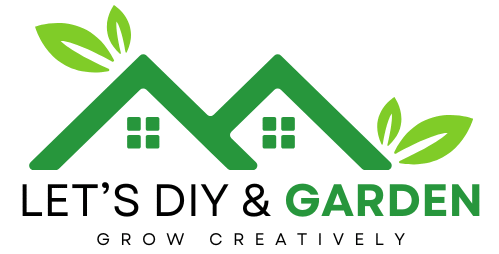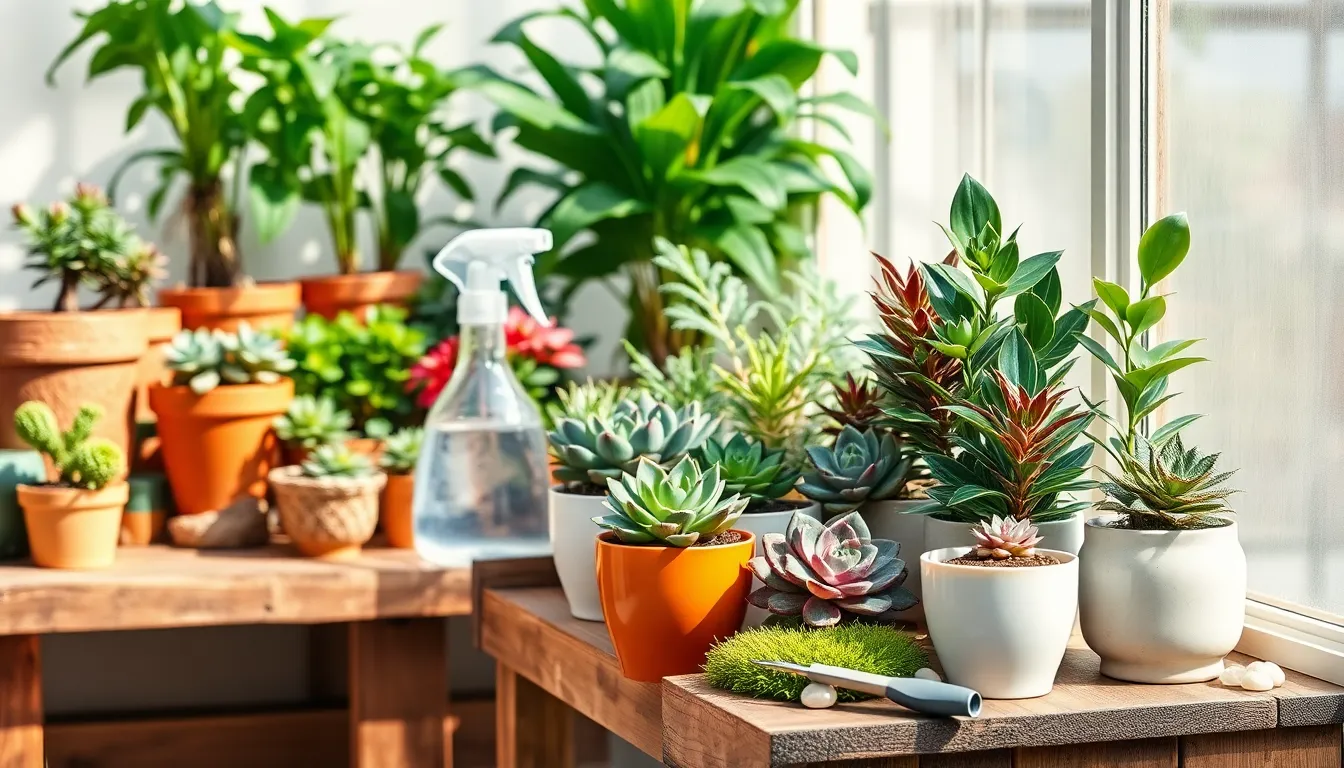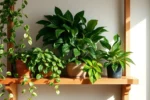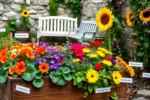Whether you’re nurturing a single succulent on your windowsill or cultivating a lush indoor jungle, the right tools can make all the difference in your plant care journey. Indoor gardening is a delightful adventure that brings nature’s serenity into your home, and having the proper tools at your fingertips ensures your leafy companions thrive in their cozy environment.
For those just starting out, assembling a toolkit might seem daunting, but it’s a rewarding step towards becoming a confident plant parent. Even seasoned green thumbs will discover that having a curated selection of tools not only simplifies tasks but also enhances the joy of tending to their indoor oasis.
In this article, you’ll uncover essential tools that cater to both novice and experienced gardeners, helping you cultivate healthy, vibrant plants with ease. From precision watering cans to ergonomic pruners, we’ll guide you through each tool’s purpose and why it’s a must-have for anyone who cherishes the art of indoor gardening.
Essential Pruning Tools for Indoors
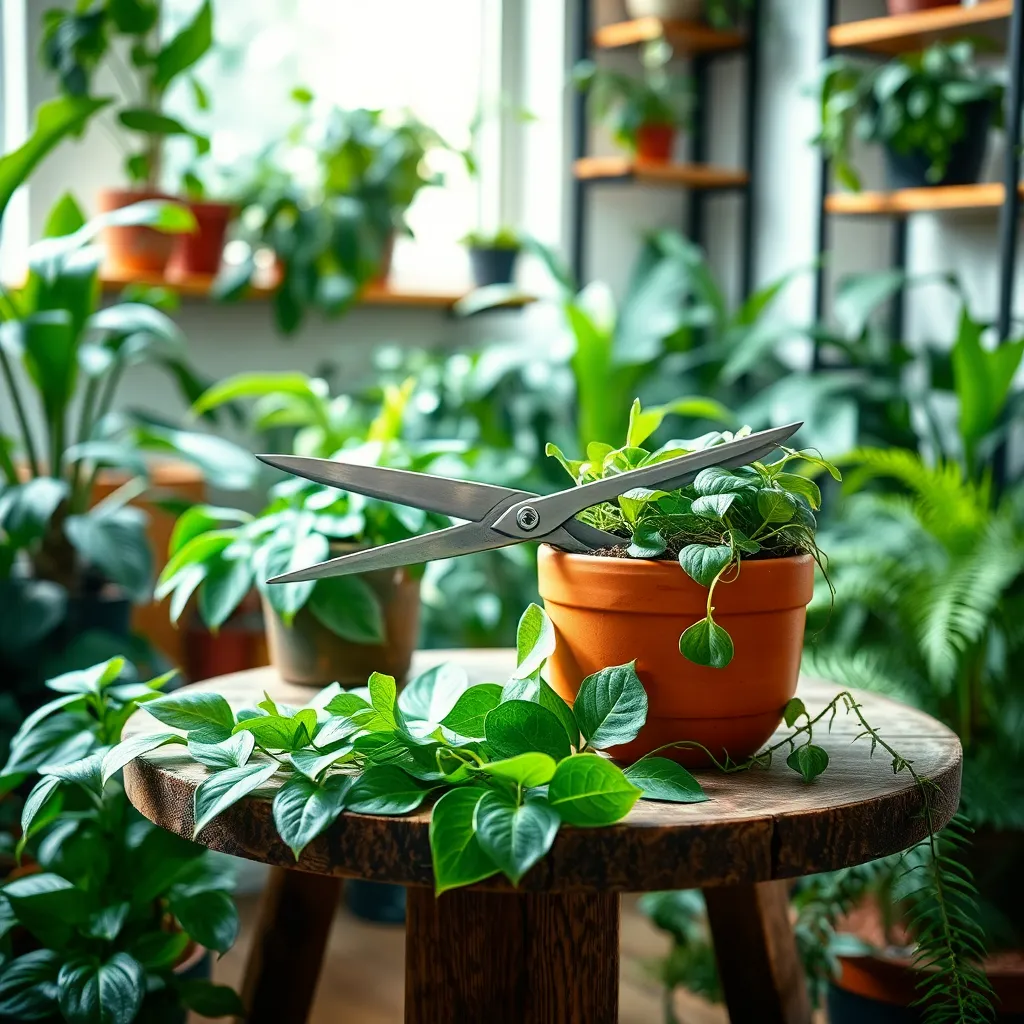
Proper pruning tools are essential for maintaining the health and appearance of your indoor plants. Investing in a good pair of pruning shears can make trimming your plants a breeze, ensuring clean cuts that promote healthy growth.
Consider the size and type of your indoor plants when selecting pruning tools. For smaller plants or delicate stems, use precision pruners or bonsai scissors to avoid damaging the foliage.
In addition to shears and scissors, a sharp knife can be useful for more precise cuts or when dealing with thicker stems. Always sanitize your tools before and after use to prevent disease transmission between plants.
It’s also beneficial to have a pair of gloves to protect your hands from thorns or irritating sap while pruning. For advanced gardeners, investing in a sharpening tool will keep your blades in top condition, ensuring efficiency and ease of use.
Choosing the Perfect Watering Can
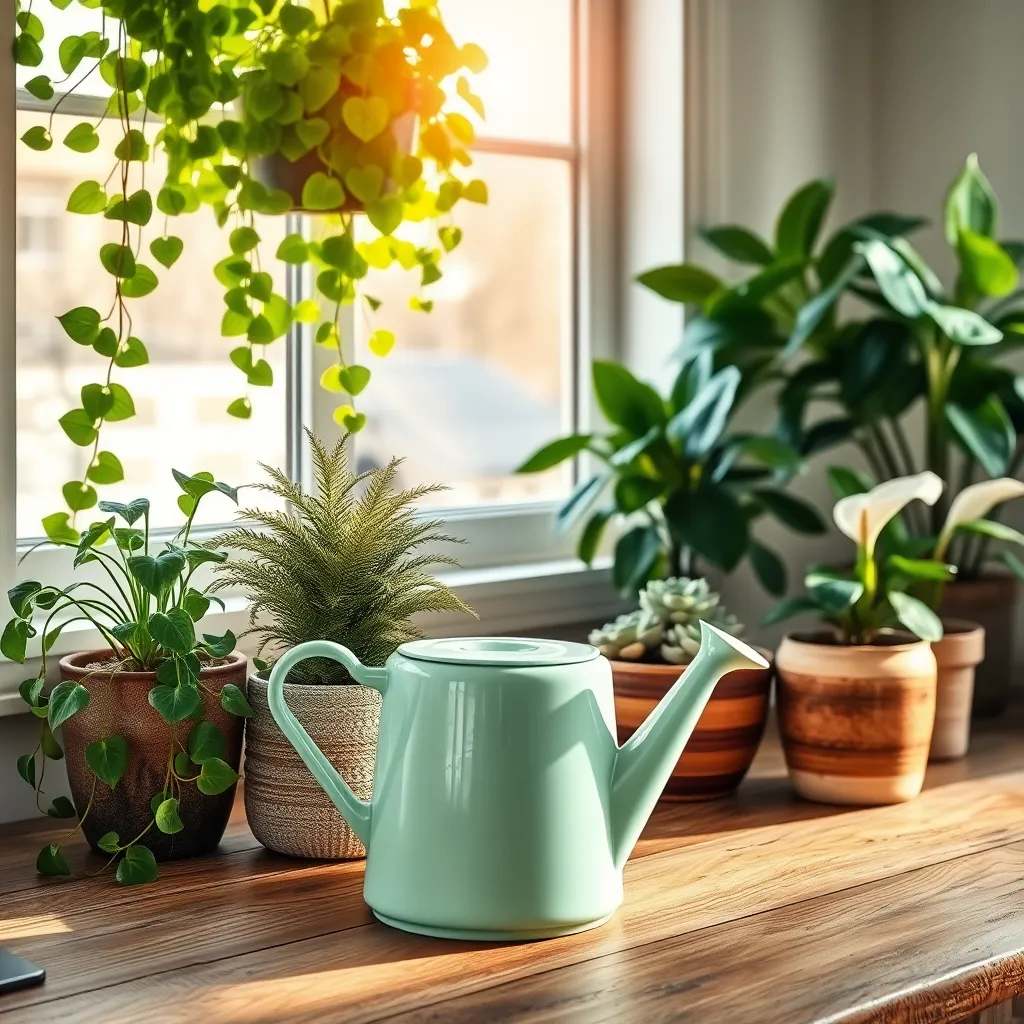
When selecting a watering can for your indoor plants, consider both size and material to ensure it meets your specific needs. A small to medium-sized can with a capacity of 1 to 2 liters is generally ideal for maneuverability and control.
Material matters when it comes to the durability and weight of your watering can. Opt for a lightweight plastic can for easy handling, or choose stainless steel if you prefer a more durable option that won’t rust easily.
Pay attention to the design of the spout, as it can significantly impact how water is dispensed. A long spout provides precision when watering plants with dense foliage or those placed in hard-to-reach spots.
For those with a variety of plant types, consider a watering can with an adjustable nozzle option. This feature allows you to switch between a gentle shower for delicate seedlings and a steady stream for more established plants.
Humidity and Temperature Monitors
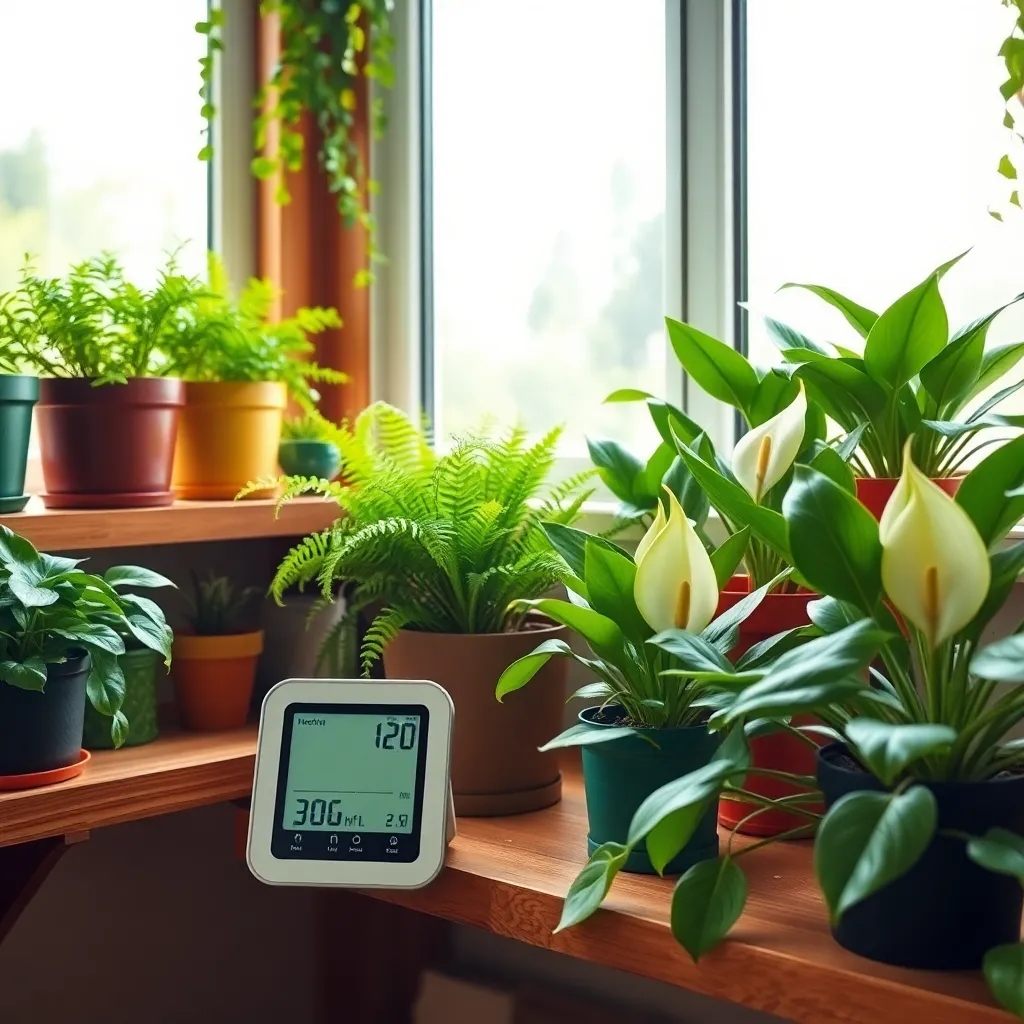
Monitoring humidity and temperature is crucial for maintaining optimal conditions for your indoor plants. These factors greatly influence plant health, as each species has specific requirements for thriving.
Investing in a good quality humidity and temperature monitor can help you create the best environment for your plants. Look for devices that offer both digital readouts and alerts, so you’re always informed of any fluctuations.
Beginners should focus on understanding the basic needs of their plants, such as whether they prefer a humid or dry environment. For example, tropical plants like ferns and orchids thrive in higher humidity, often above 50%.
Advanced gardeners can benefit from monitors that sync with smartphones, allowing for remote monitoring and adjustments. This feature is particularly useful if you travel frequently or manage a large collection of plants.
Potting Tools for Healthy Growth
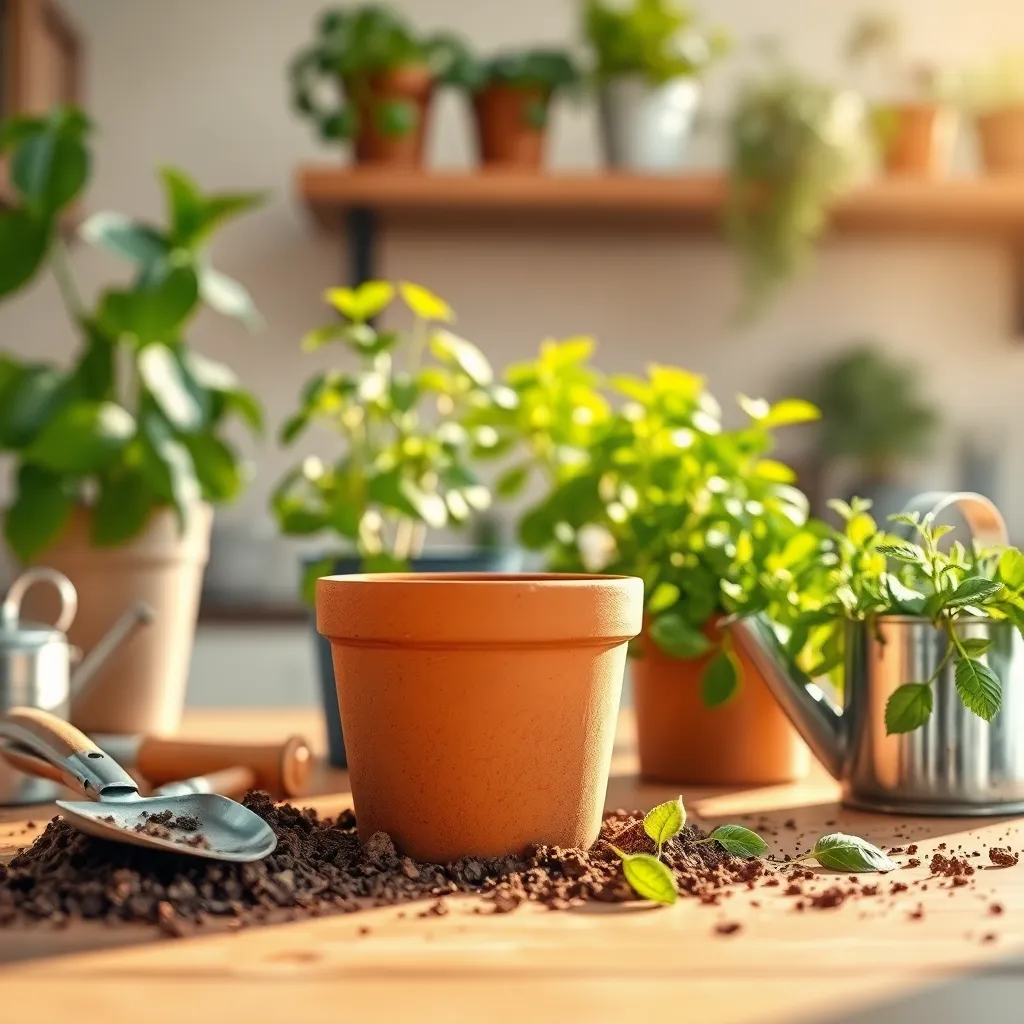
To ensure your indoor plants thrive, having the right potting tools is essential. A good set of tools not only makes planting easier but also promotes healthy plant growth by allowing you to manage soil and root conditions effectively.
Start with a sturdy trowel for transferring plants to different containers. Choose one with a comfortable grip to ease the process of digging and scooping, especially in compact spaces.
For more precise work, consider adding a set of hand pruners to your toolkit. These are invaluable for trimming dead leaves and encouraging new growth, which is essential for maintaining plant health and aesthetics.
Additionally, using a soil scoop can make the task of filling pots less messy and more efficient. It helps in accurately measuring the amount of soil needed per pot, ensuring your plants have the right amount of nutrients and stability.
Lighting Solutions for Indoor Plants
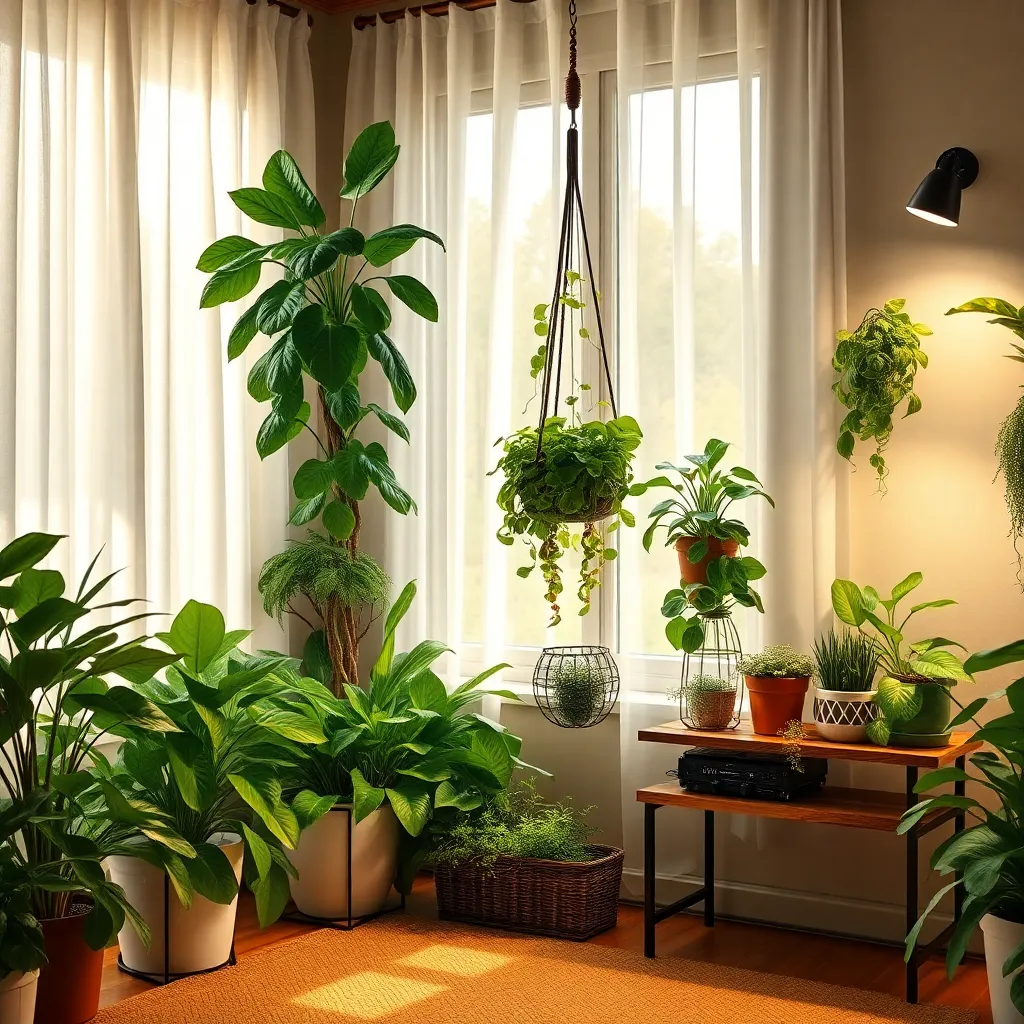
Proper lighting is essential for the health and growth of indoor plants. Many plants thrive under bright, indirect light, making windowsills or areas near windows ideal locations.
For homes with limited natural light, grow lights can be an excellent alternative. LED grow lights are energy-efficient and can mimic the full spectrum of sunlight, providing your plants with the light they need to photosynthesize effectively.
When positioning your plants, consider the specific light requirements of each species. For example, succulents and cacti prefer more light, while ferns and pothos can thrive in lower light conditions.
Adjust the distance between your plants and the light source to prevent leaf burn or insufficient light exposure. A good rule of thumb is to keep the light about 6 to 12 inches away from the plants, depending on the intensity of the bulb.
It’s important to provide a balance of light and darkness to mimic natural growth cycles. Aim for 12 to 16 hours of artificial light per day with an automatic timer to ensure consistency.
Conclusion: Growing Success with These Plants
In nurturing both plants and relationships, the right tools can make all the difference. This article explored the essential tools for indoor plant care and how they mirror key relationship concepts: communication (understanding plant needs), patience (allowing time for growth), consistency (regular care and attention), adaptability (responding to changing conditions), and support (ensuring a nurturing environment). Just as plants thrive with the right tools, relationships flourish when these concepts are applied.
As an actionable next step, choose one relationship concept to focus on this week. Perhaps it’s dedicating time to listen more attentively to your partner or finding new ways to support each other’s growth. This simple action can begin transforming your relationship dynamics.
Remember, just like tending to plants, relationships require ongoing effort and care. Bookmark this article so you can revisit these concepts and tools whenever you need a reminder or a boost. By integrating these principles into your daily life, you are paving the way for a thriving relationship that stands the test of time. Here’s to cultivating the love and connection you desire, one nurturing step at a time.
